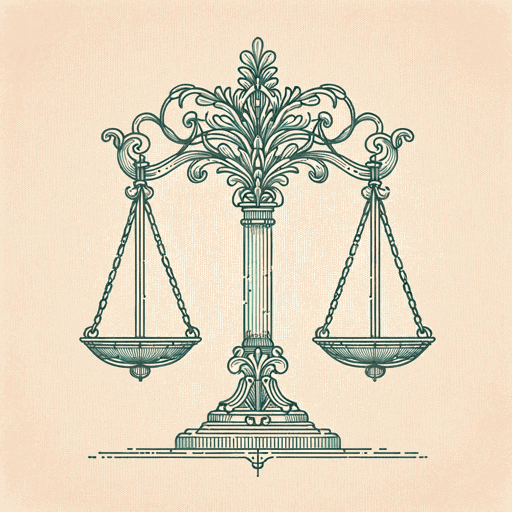44 pages • 1 hour read
Hannah ArendtEichmann in Jerusalem: A Report on the Banality of Evil
Nonfiction | Book | Adult | Published in 1963A modern alternative to SparkNotes and CliffsNotes, SuperSummary offers high-quality Study Guides with detailed chapter summaries and analysis of major themes, characters, and more.
Chapters 1-3Chapter Summaries & Analyses
Chapter 1 Summary: “The House of Justice”
Arendt introduces readers to the courtroom by describing the inhabitants of the room’s four tiers: the three judges—Moshe Landau, Benjamin Halevy, and Yitzhak Raveh—on the top tier; the translators on the tier below them; “the glass booth of the accused and the witness box” on the next tier; and, on the bottom tier, the prosecutor, Attorney General Gideon Hausner, with four attorneys, and the counsel for the defense, Robert Servatius, with one assistant (3).
While the design of the auditorium lends itself in similarities to that of a theater, Arendt states that the judges, particularly Judge Landau, do their “very best” to keep the trial from turning into a “show trial,” which Arendt presumes is precisely what “David Ben-Gurion, Prime Minister of Israel, had in mind when he decided to have Eichmann kidnap[p]ed in Argentina and brought to the District Court of Jerusalem to stand trial for his role in the ‘final solution of the Jewish question’” (4-5).
Although Ben-Gurion does not attend any portion of the trial, he and the rest of the Israeli government is represented through the voice of Attorney General Hausner, head of the prosecution team. Arendt writes that even though “the trial never became a play […] the show Ben-Gurion had had in mind to begin with did take place” (9).
Related Titles
By Hannah Arendt




